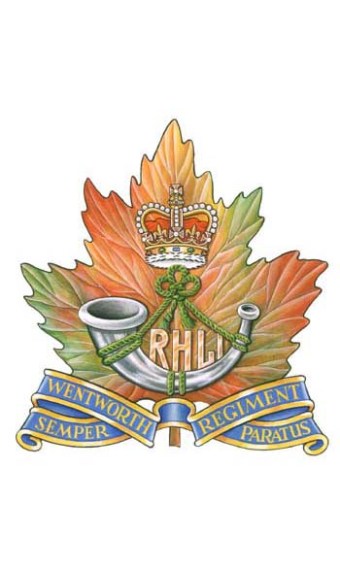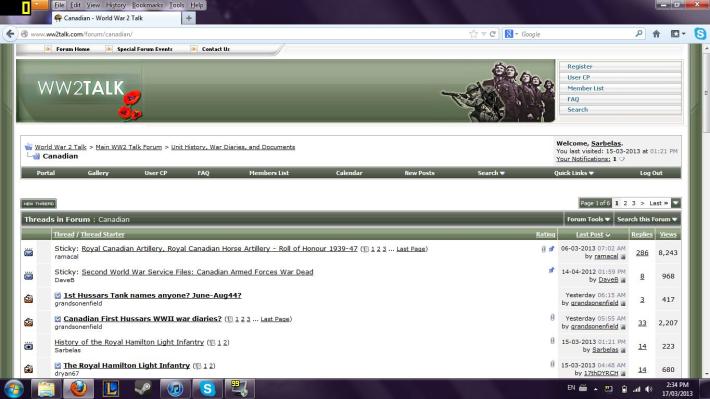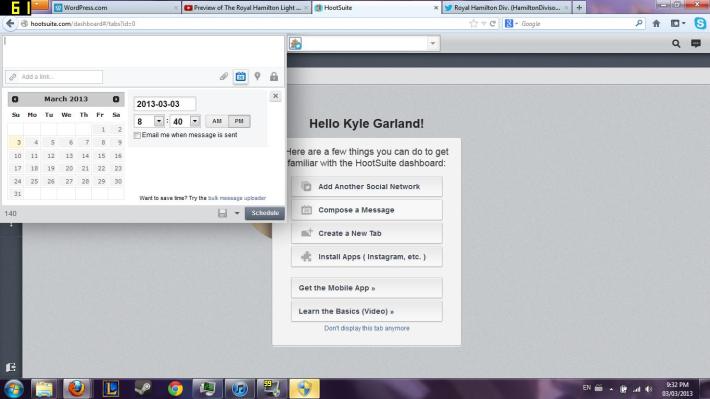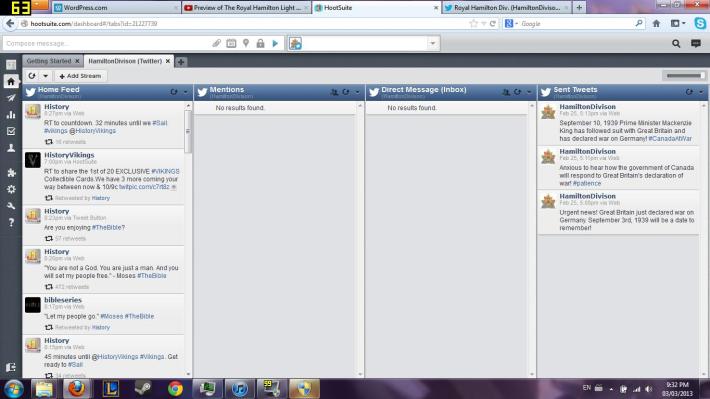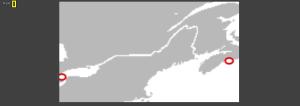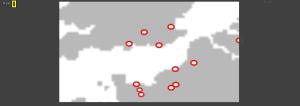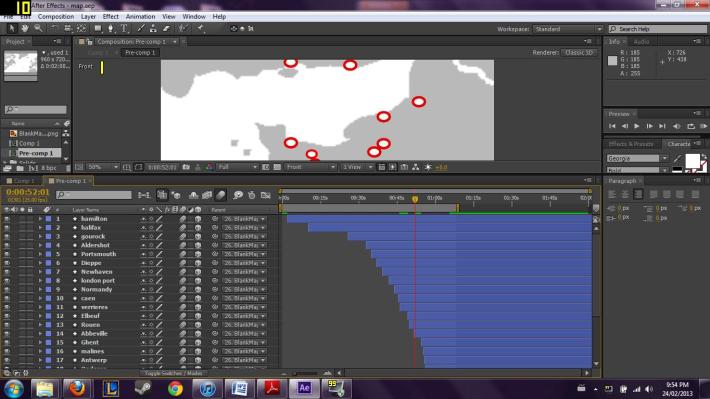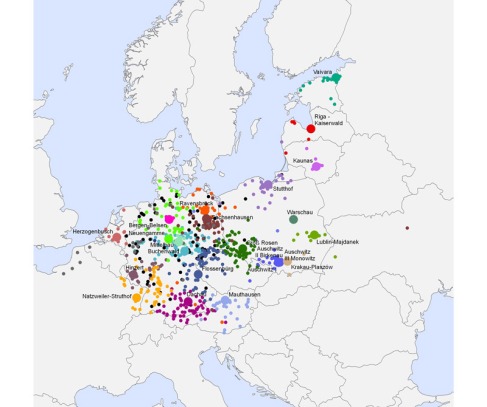The project that Anje Merkies has been working on this semester is essentially a digitization of the substantial amount of cook books we have in the University of Guelph library. Anje wanted her project be educational and academic. After going through her website I believe she indeed met these goals.
To publish her researched information she used the University of Guelph publishing software, and used a template she found online to place her information. She recently posted a before and after of her website on her blog which can be found here. When you look at it you can tell she put a substantial amount of work into making the template unique and relevant to her cook book project. She mentioned that website design took a lot more time she anticipated due to having to learn code languages such as HTML and CSS.
Concerning the digitization of the books. Anje mentioned that she spent over 6 hours to scan all the images, and text from the large collection of cook books at the university. During her presentation she did not have all the books on the website, as I am going through it now it seems she has spent several more hours digitizing more books. The most compelling part of the site is her timeline page. Each book is properly placed in the published date and the citations are very descriptive. Each link to a specific cookbook has an image and a description of what the cook book instills. The majority of the books you click on offer a link to a PDF where you can view all the pages. This is incredible work, and I can tell she spent a lot of time working on this project.
Anje also included multiple other sections in her website. The website includes a blog where she posted a video of actually making one of the recipes. I thoroughly enjoyed watching the video, and seeing the recipe in a visual manner, In the section labelled Data. You can view more interesting information and research. Sub sections such as charts and graphs show you how many published books were in Canada and charts revealing which cities published more than others. Another section is mini essays where you can look at Anje’s own academic papers on the cookbooks. At the moment the links are not working, but hopefully they will be implemented.
The links page is a fantastic resource for all the websites, and other forms of media she used to gather her research.
Overall, fantastic project. I thoroughly enjoyed going through the website, and learning about how vast our collection of cookbooks was. This website is a great way to gain awareness for our schools collection. Again, great job!

